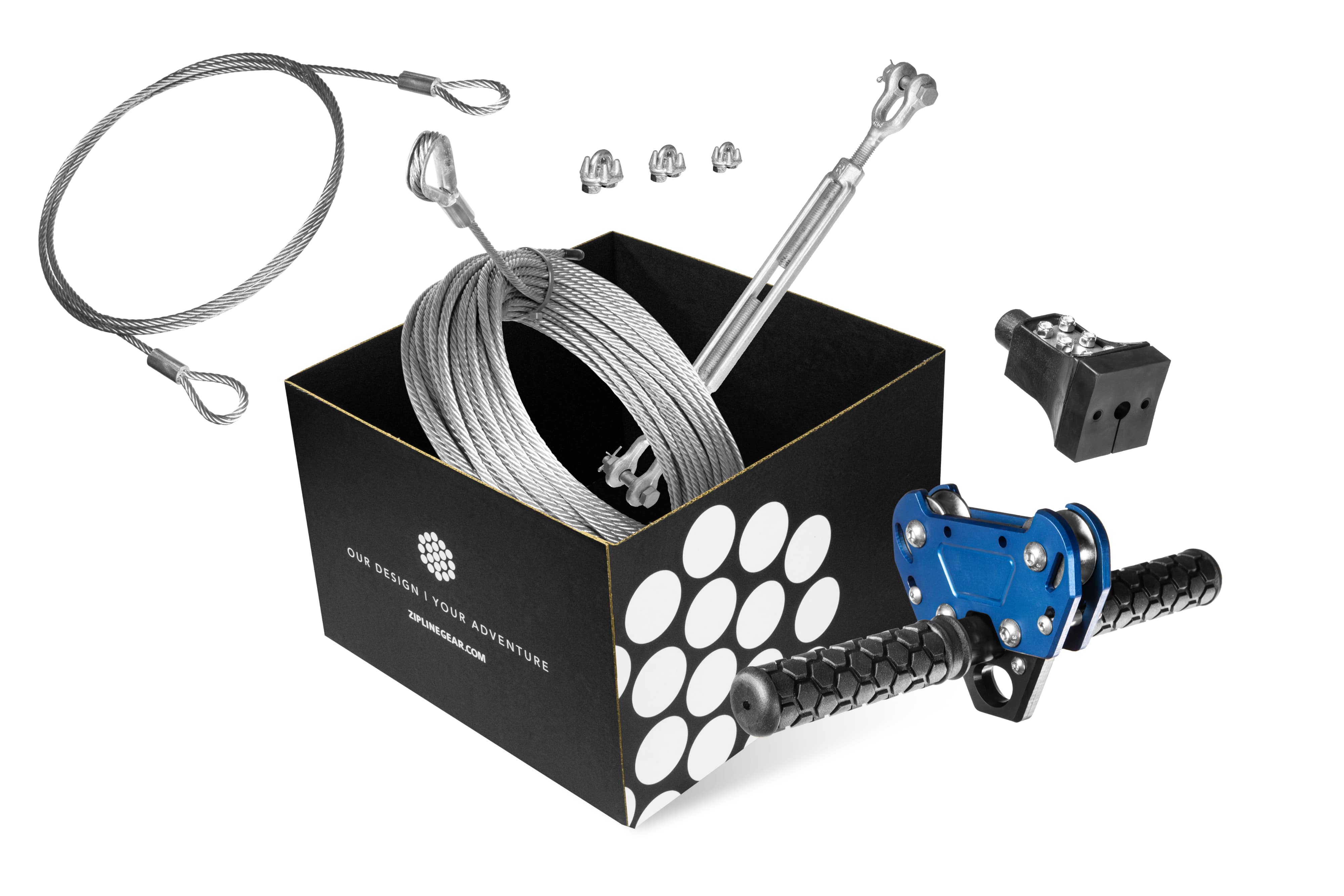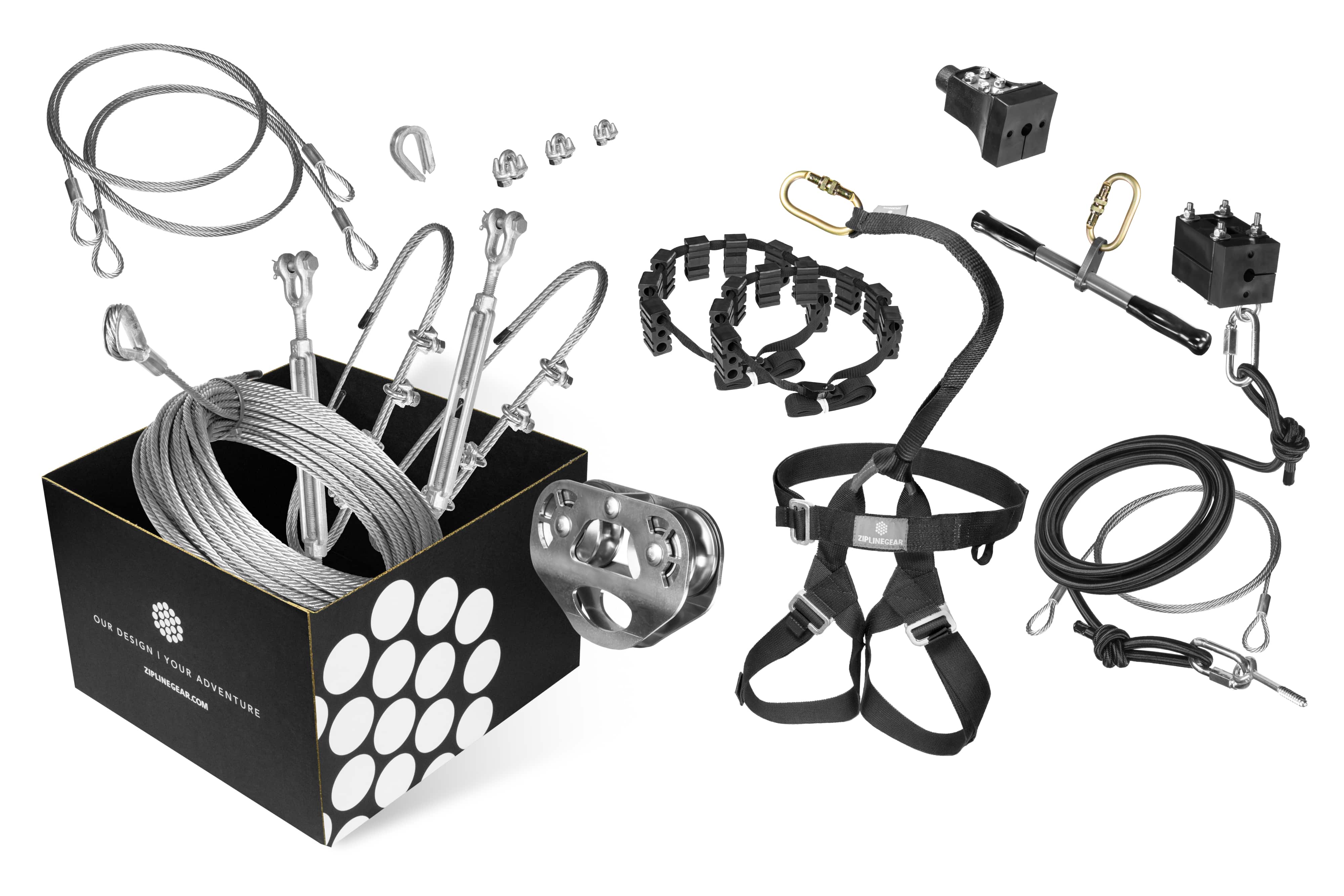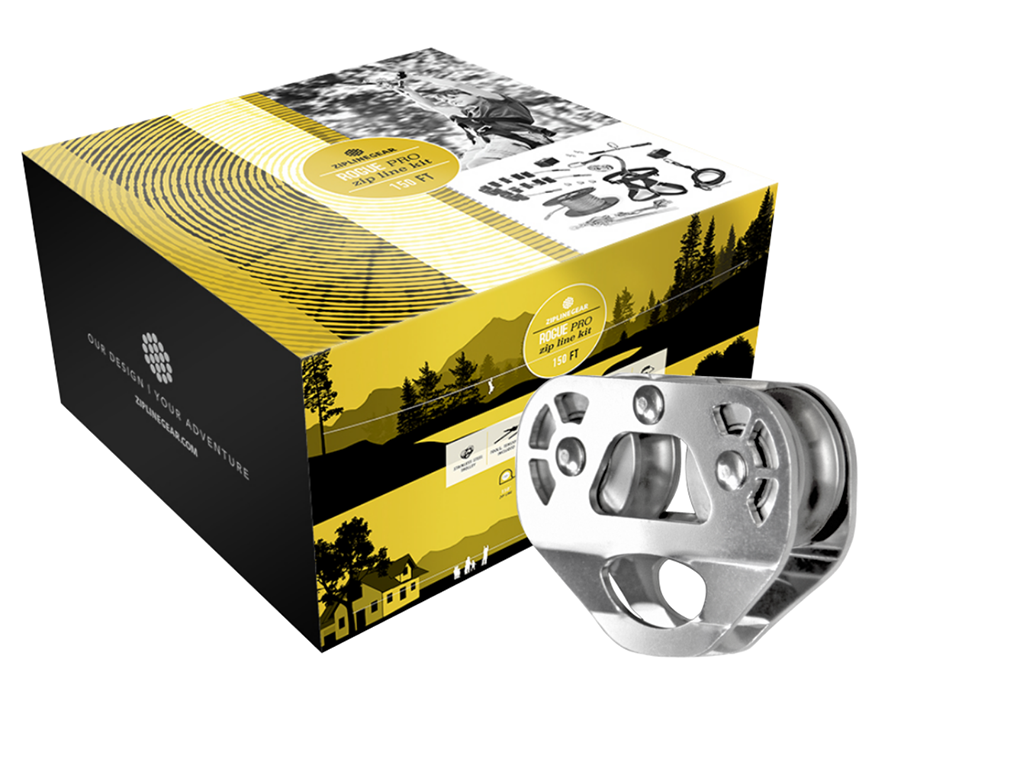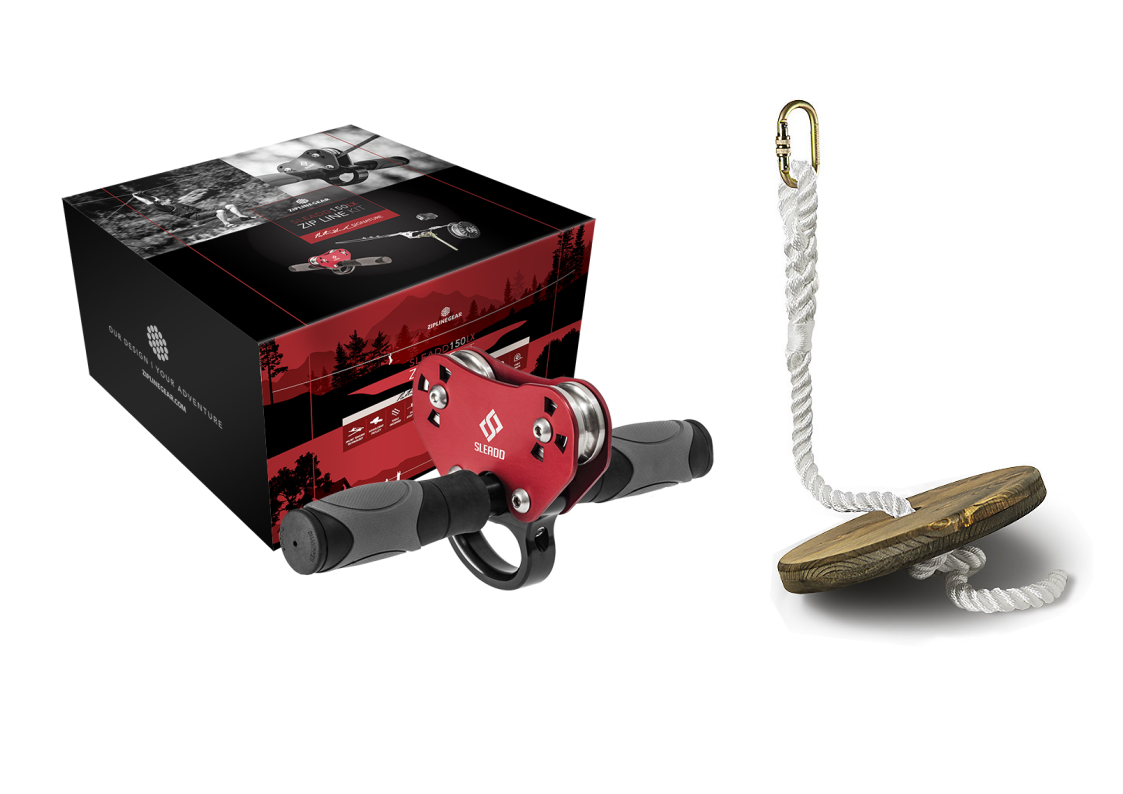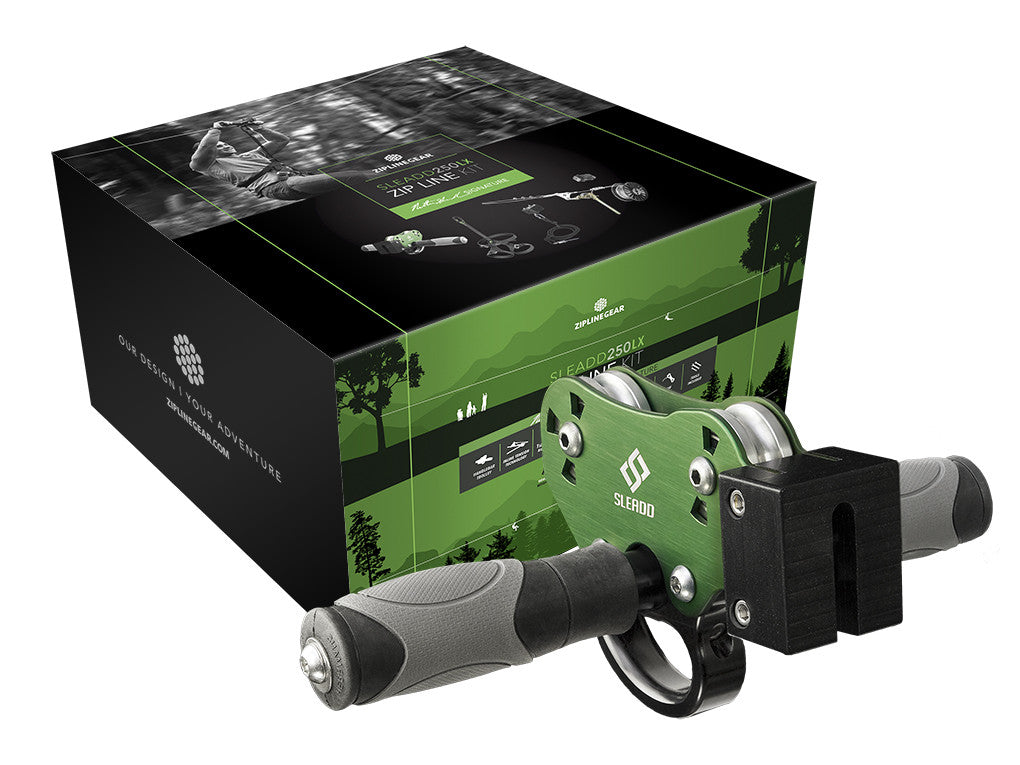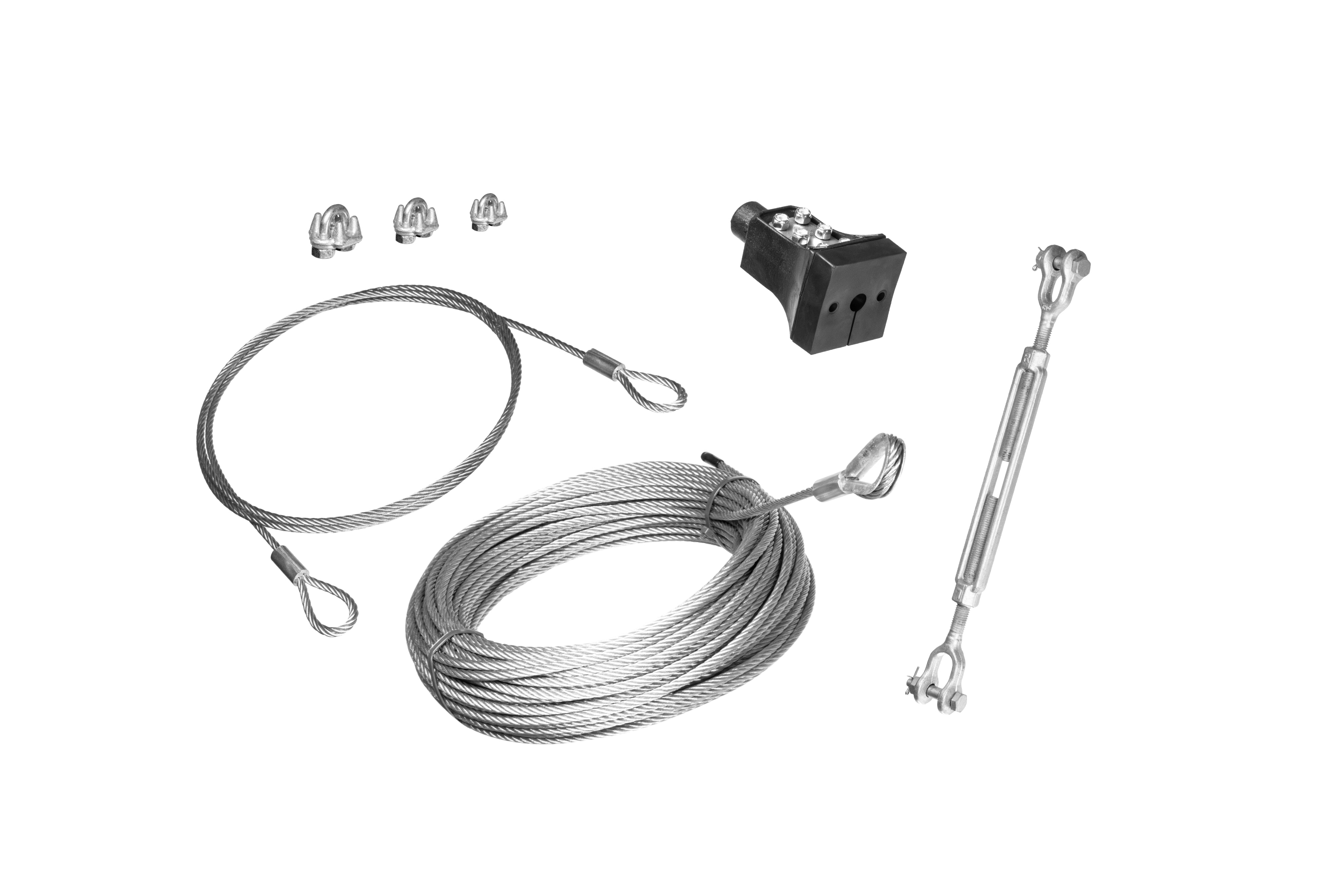
Anchor Selection: Your Guide to Setting Up Zip Lines
Anchor Selection: Your Guide to Setting Up Zip Lines
Have you ever stopped to think about the behind-the-scenes setup? Anchoring, a crucial aspect of setting up a zip line, isn't as simple as attaching the line to any sturdy looking object. With potential forces between 800 and 3,000 pounds generated by a loaded zip line, anchor selection is a serious consideration that requires careful planning and implementation.
Inappropriate Anchor Points
First off, let's cover what you shouldn't use as anchor points. If you're eyeing that live power pole, the old barn, or the playground structure, it's a big NO. Buildings or playground structures, unless specifically engineered for zip lines, are off-limits, as are live power/telephone poles. Dead trees, stumps, or trees with rot, disease, structural cracks, or exposed roots are equally unsuitable. The list doesn't stop there; trees standing in boggy, wet, sandy, or loose soil also won't cut it. While this is a non-exhaustive list, the bottom line is this: don’t use structures that haven’t been designed as an anchor point, and don’t use natural anchor points with signs of weakness or decay. Use good judgment and if in doubt, don't hesitate to call a professional for advice.
Tree Trunks: Nature's Pillars
If you're opting for live trees as your anchor points, utilize anchoring methods that will protect the health and longevity of the tree. The tree trunk must have a minimum diameter of 12 inches at the attachment point. Also, steer clear from attaching to minor limbs or branches. A central trunk is the only spot where your zip line should connect.
Poles: Man-Made Towers
For those who'd rather go for poles, wood or steel posts are reliable options. A wood post must be at least 12 inches in diameter at the top. Steel posts, on the other hand, should be 4 inches or more in diameter with a 1/4 inch wall thickness. All poles must be sunk 4 feet in the ground, or 10% of the pole length plus 2 feet, whichever is greater. Secure your post with a minimum of 6 inches of concrete encircling it. In special soil conditions, such as sand, rock, or high ground water environments, consider alternative installation techniques or consult with an engineer.
Guy Cables and Ground Anchors: Support Systems
When setting up a post with guy cables and ground anchors, the minimum diameter of the post should be 8 inches. The guy cable attachment should be a maximum of 12 inches above the zip line attachment point and a minimum of 12 inches below the top of the post.
Install the guy anchor at a distance equal to or greater than the attachment height (so the angle between the ground and guy wire is 45 degrees or less). As with the free standing posts, the guy-wire secured anchor posts must be sunk 4 feet in the ground, or 10% of the post length plus 2 feet, whichever is greater. A concrete layer of 6 inches or more should surround the post. Again, if your ground conditions are unique, consider alternative installation techniques or consult an engineer.
Sourcing Tips
You can source most structural lumber from local hardware stores. Check their online inventory for custom options or sizes that may not be normally found in-store. For utility poles, you may need to find a local timber yard; utility companies also sometimes give away or sell retired poles that are still suitable for use. Remember, the quest for suitable anchors is more than just a trip to the store. It requires thoughtful selection and installation.
Setting up a zip line is a calculated risk - don’t skip the calculating part. And while the thrill of the zip line is the end goal, ensuring it's anchored securely is a crucial step that gets you there safely.
- Choosing a selection results in a full page refresh.
